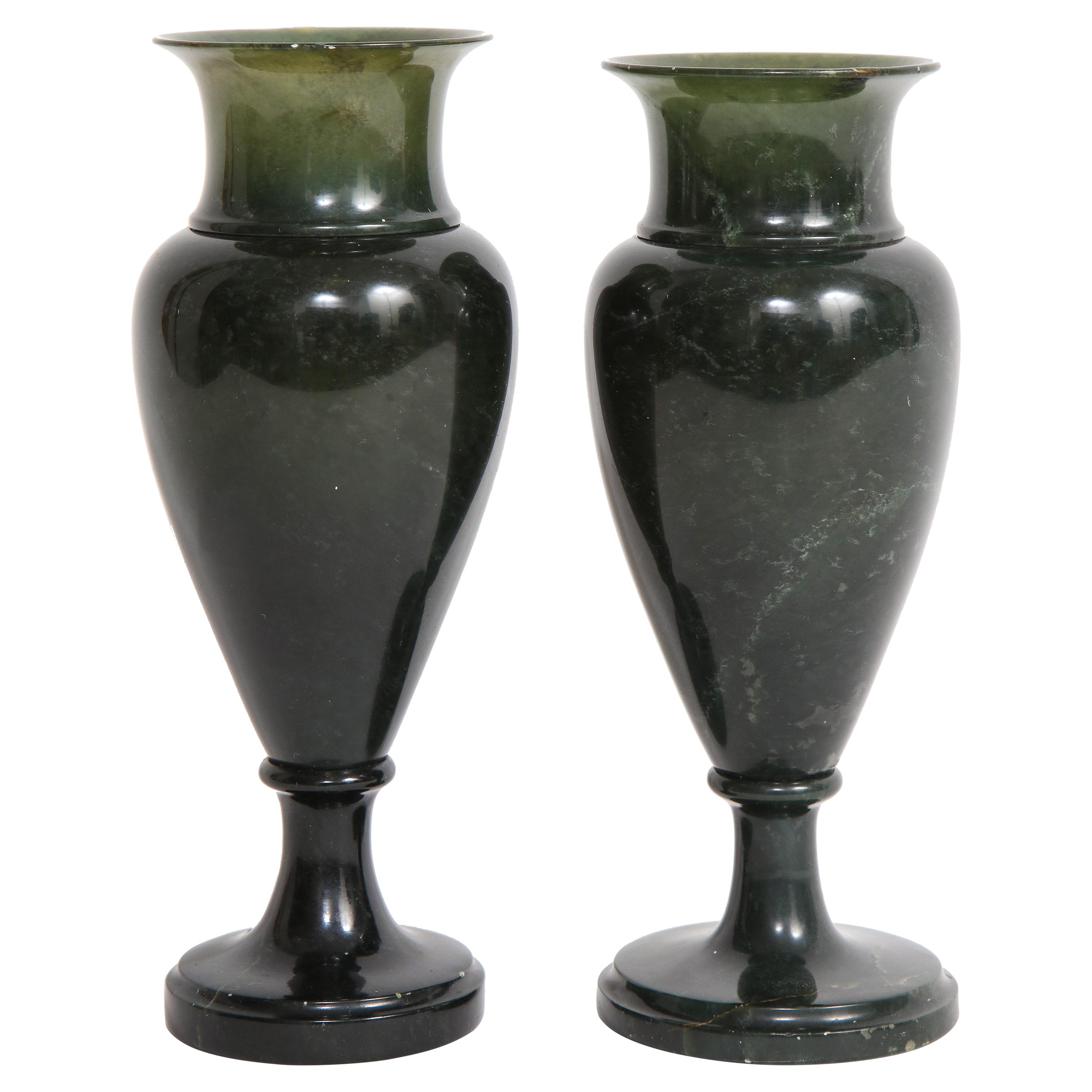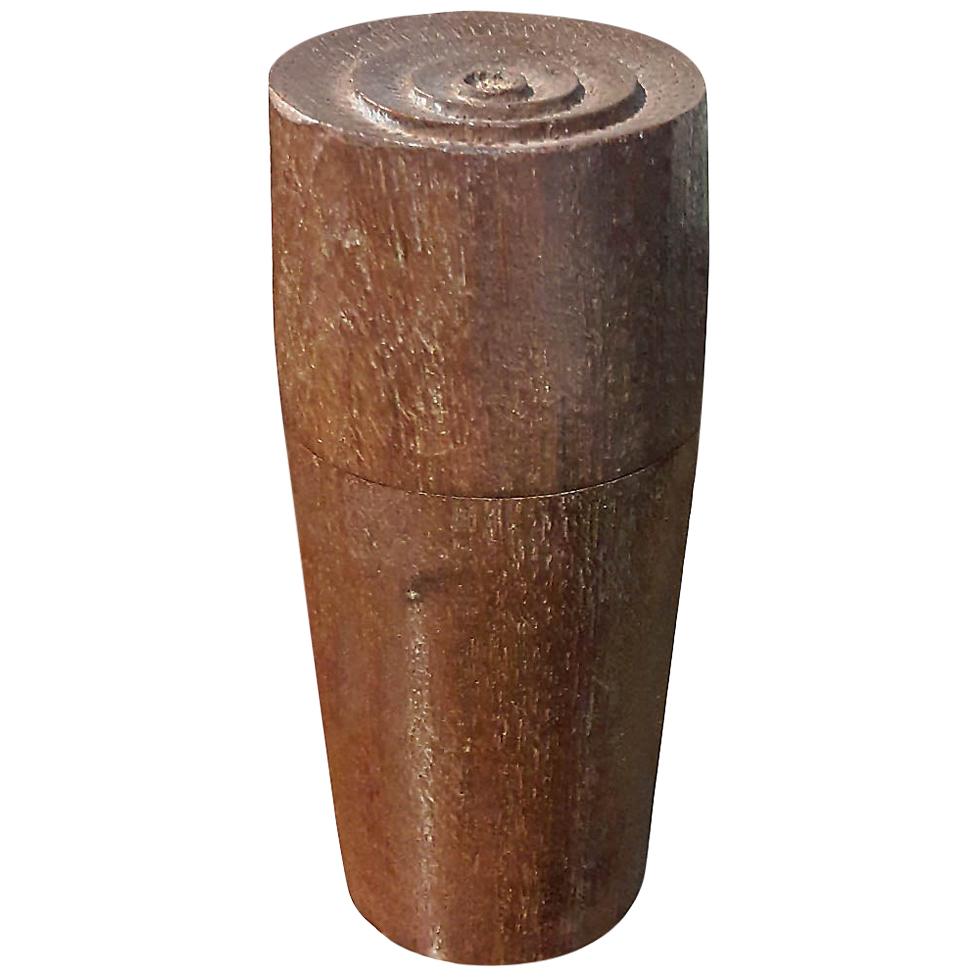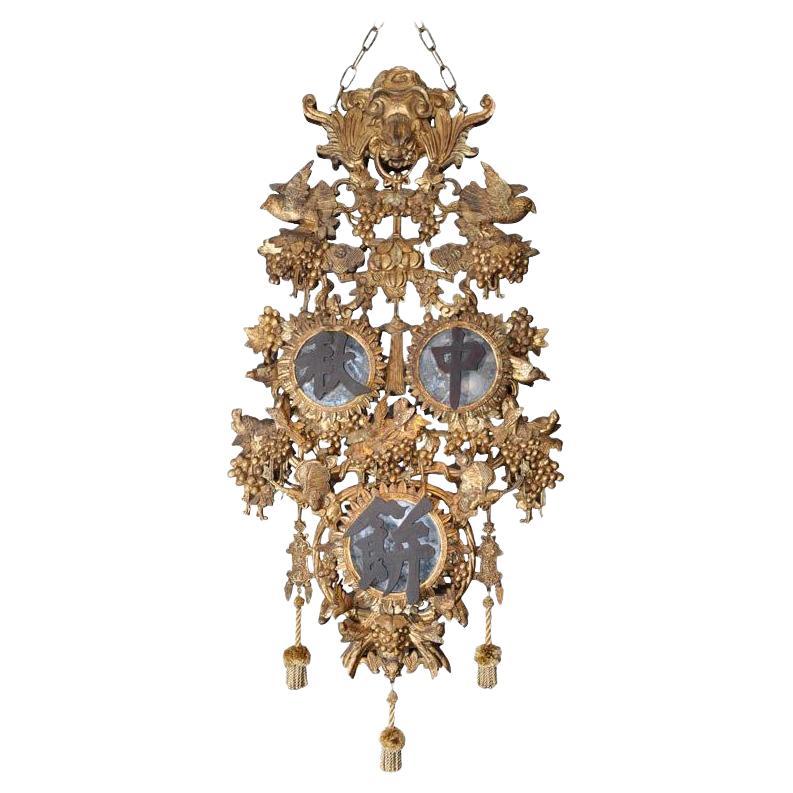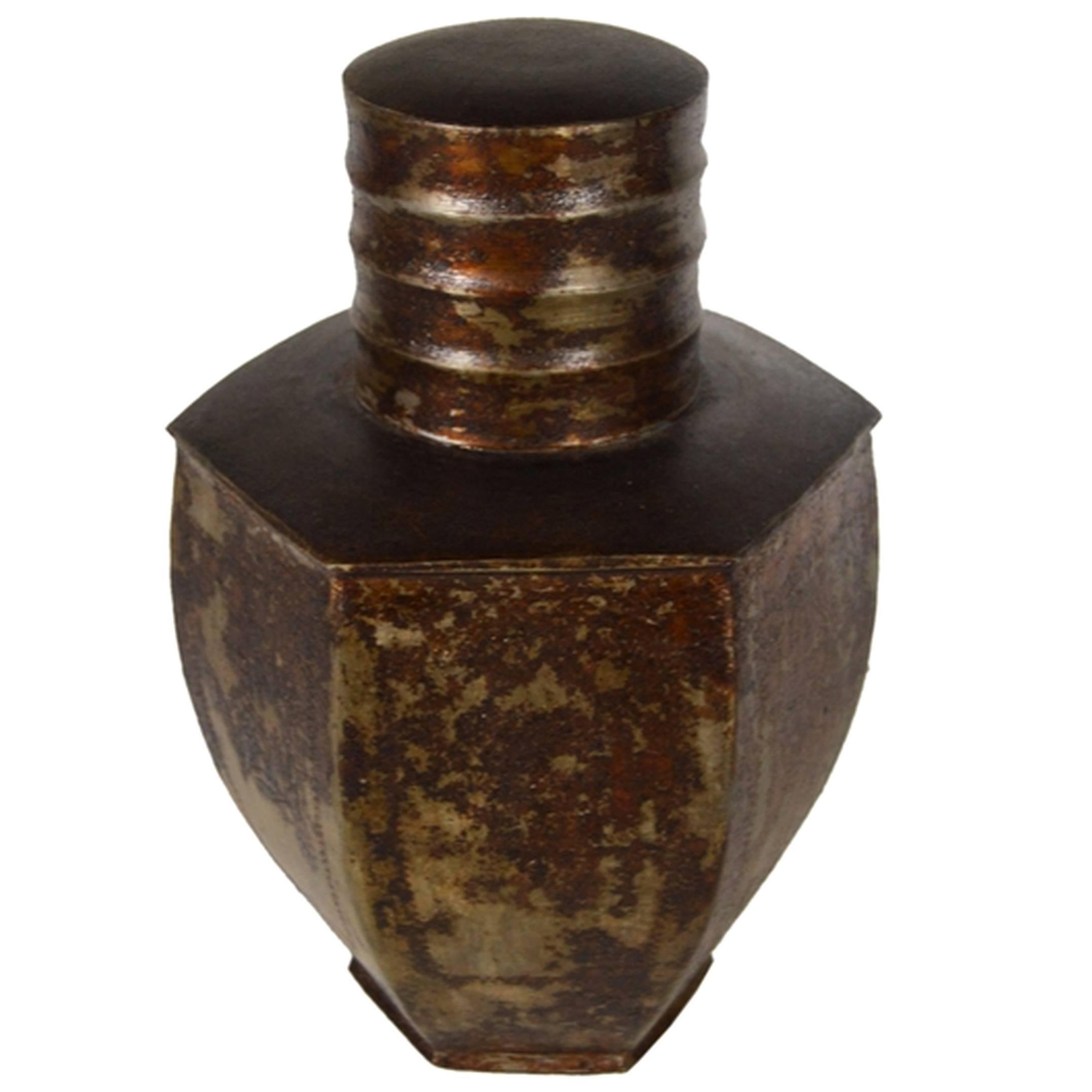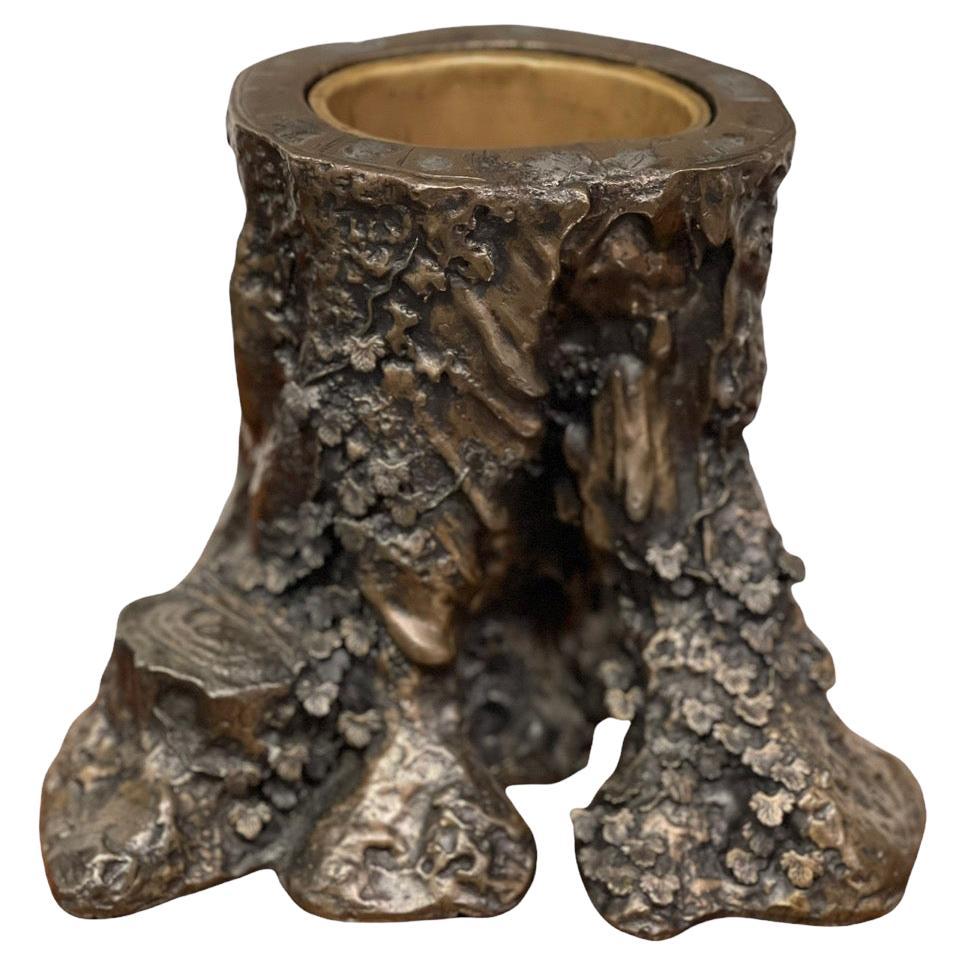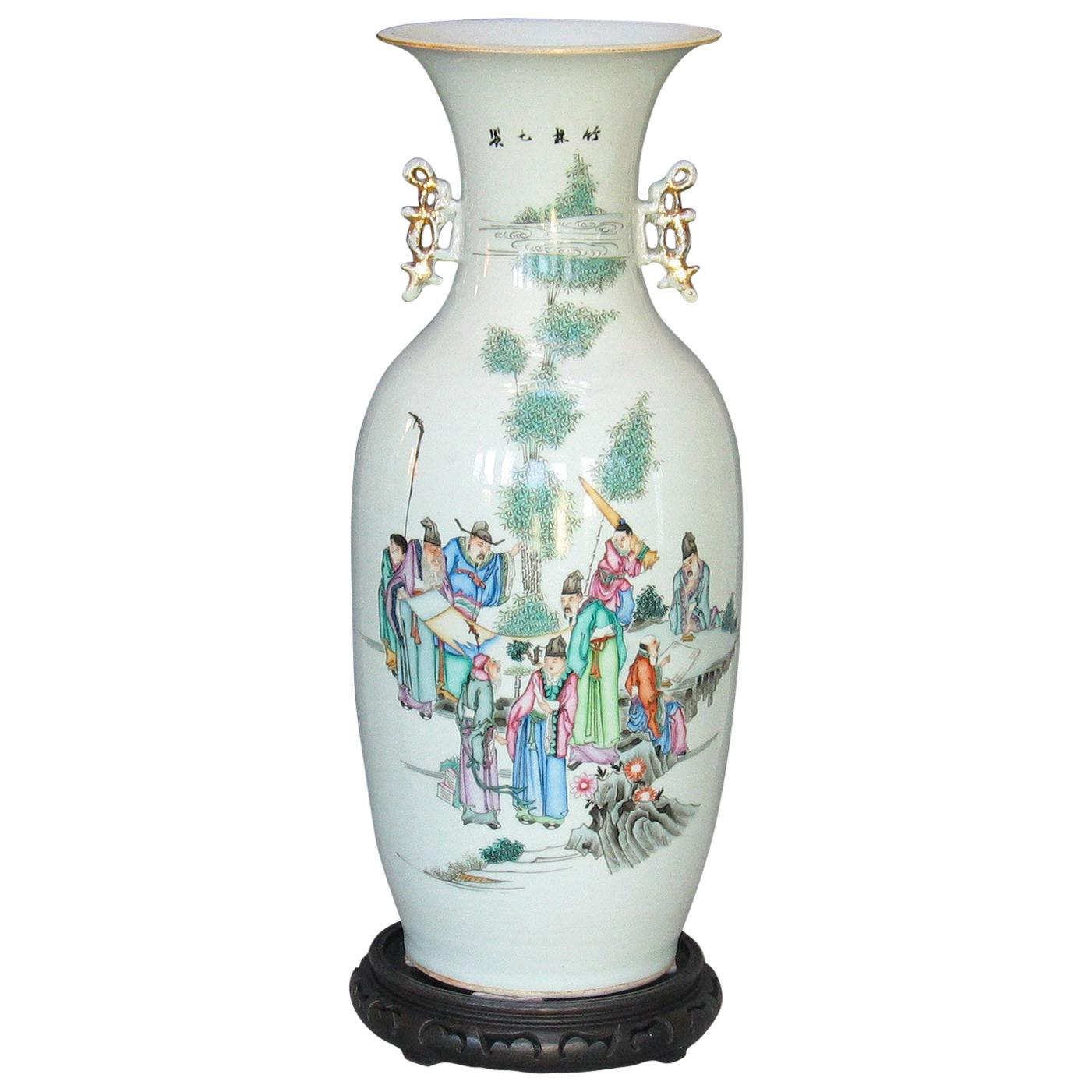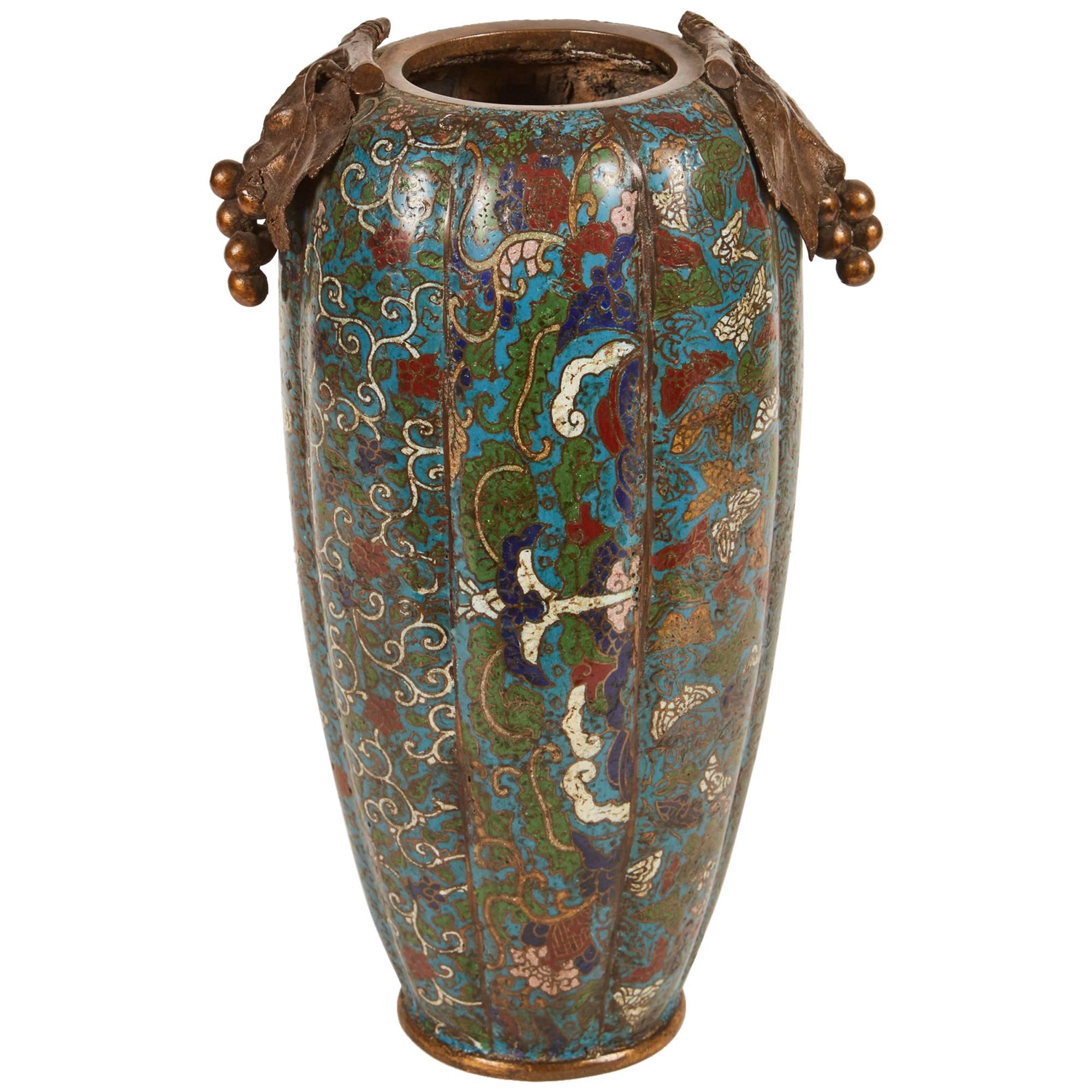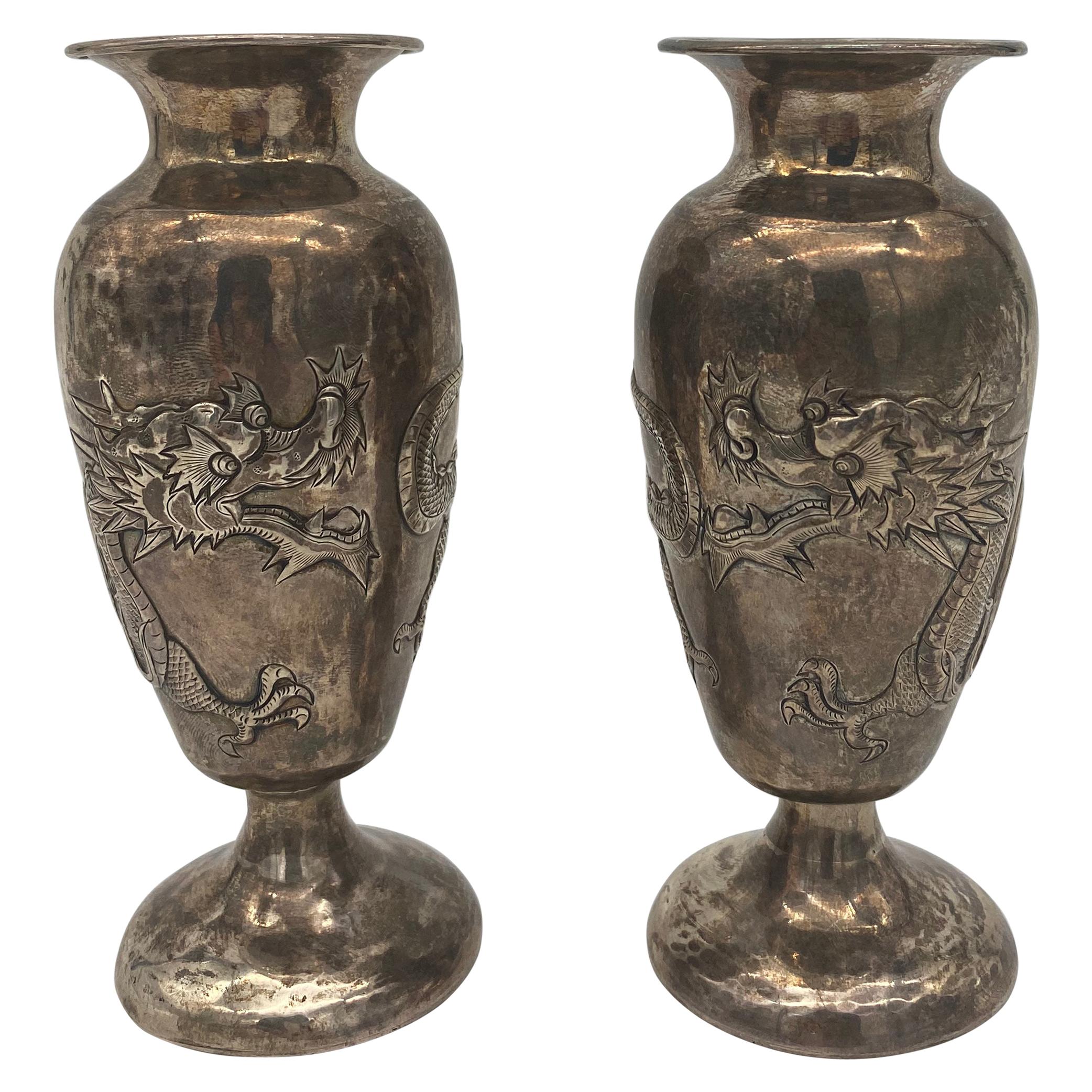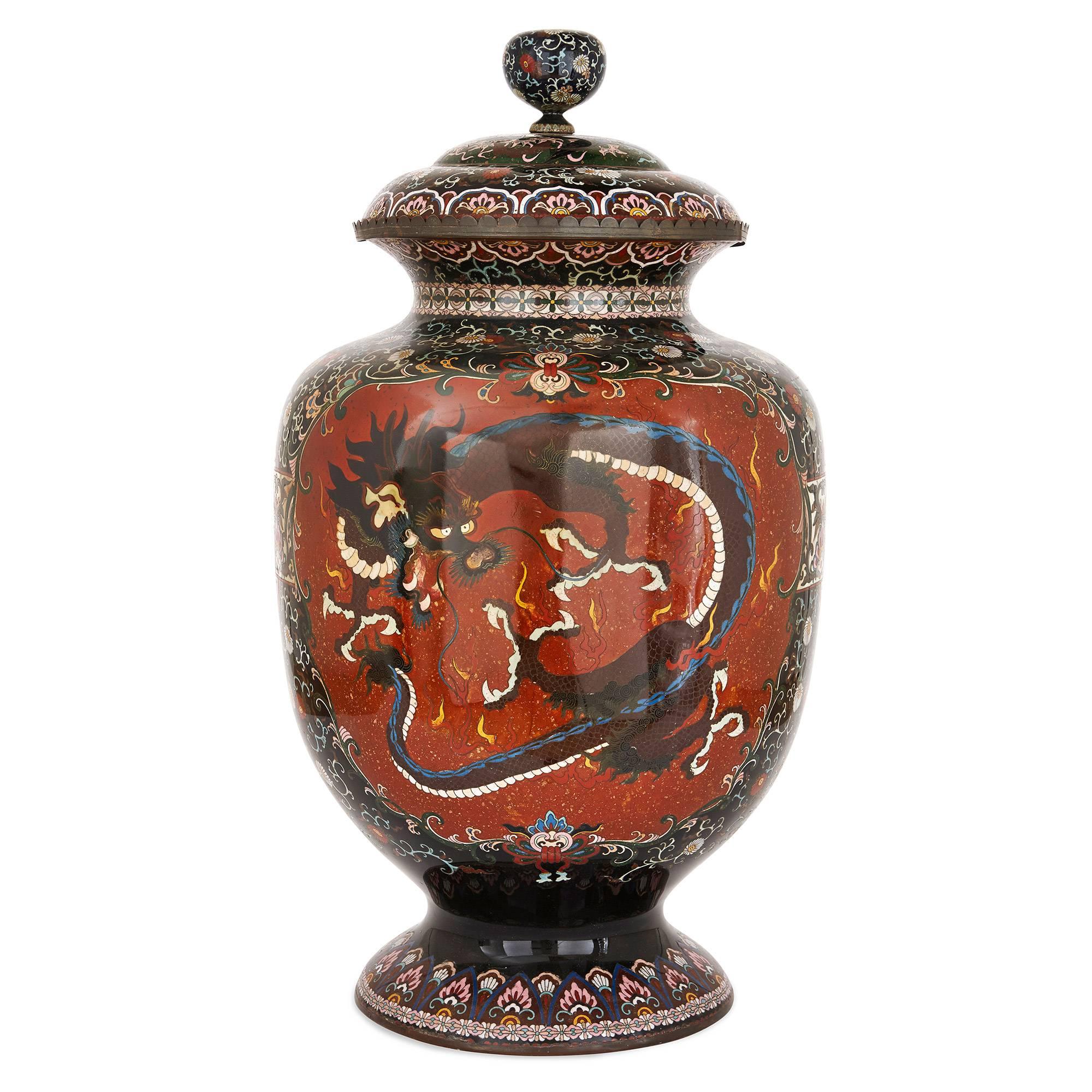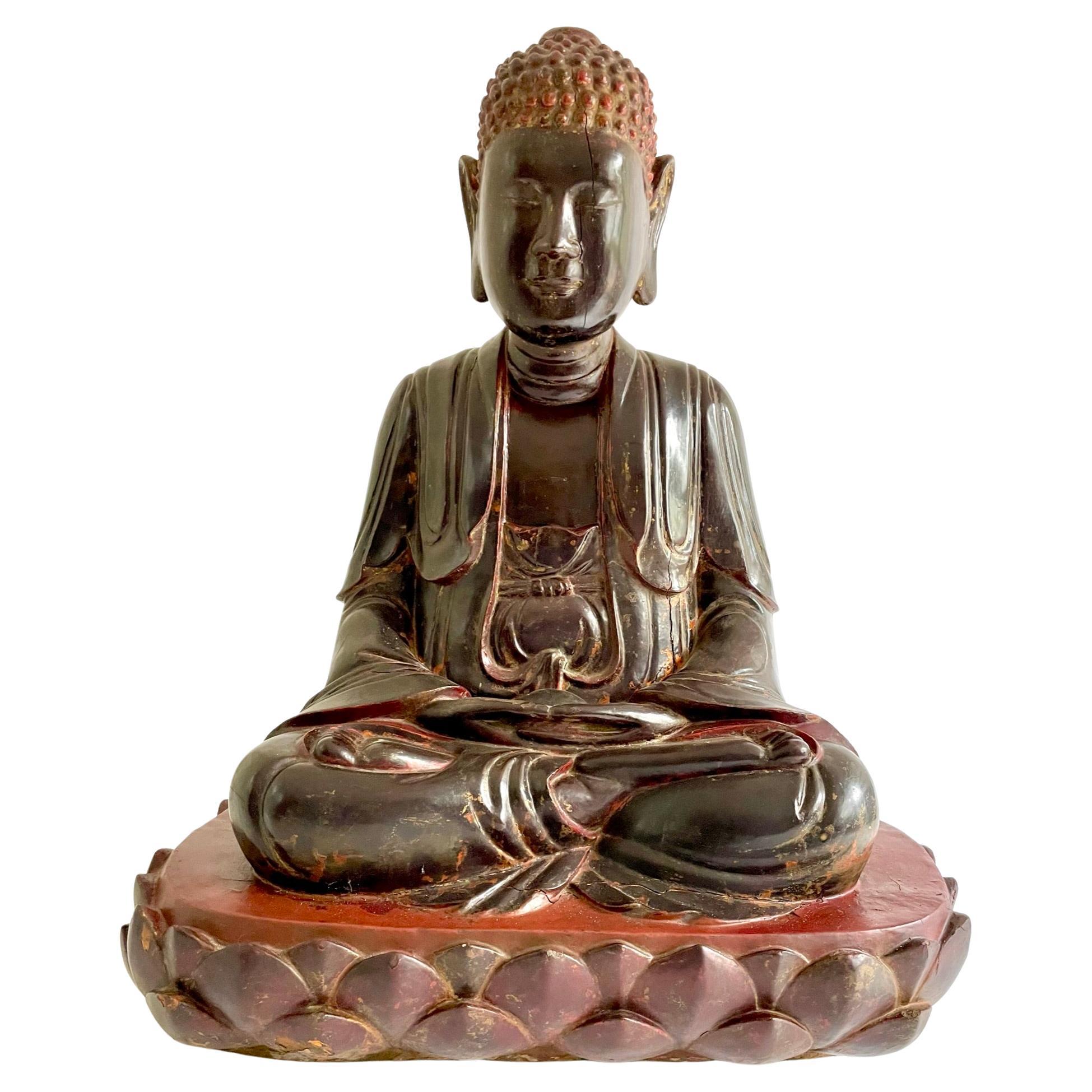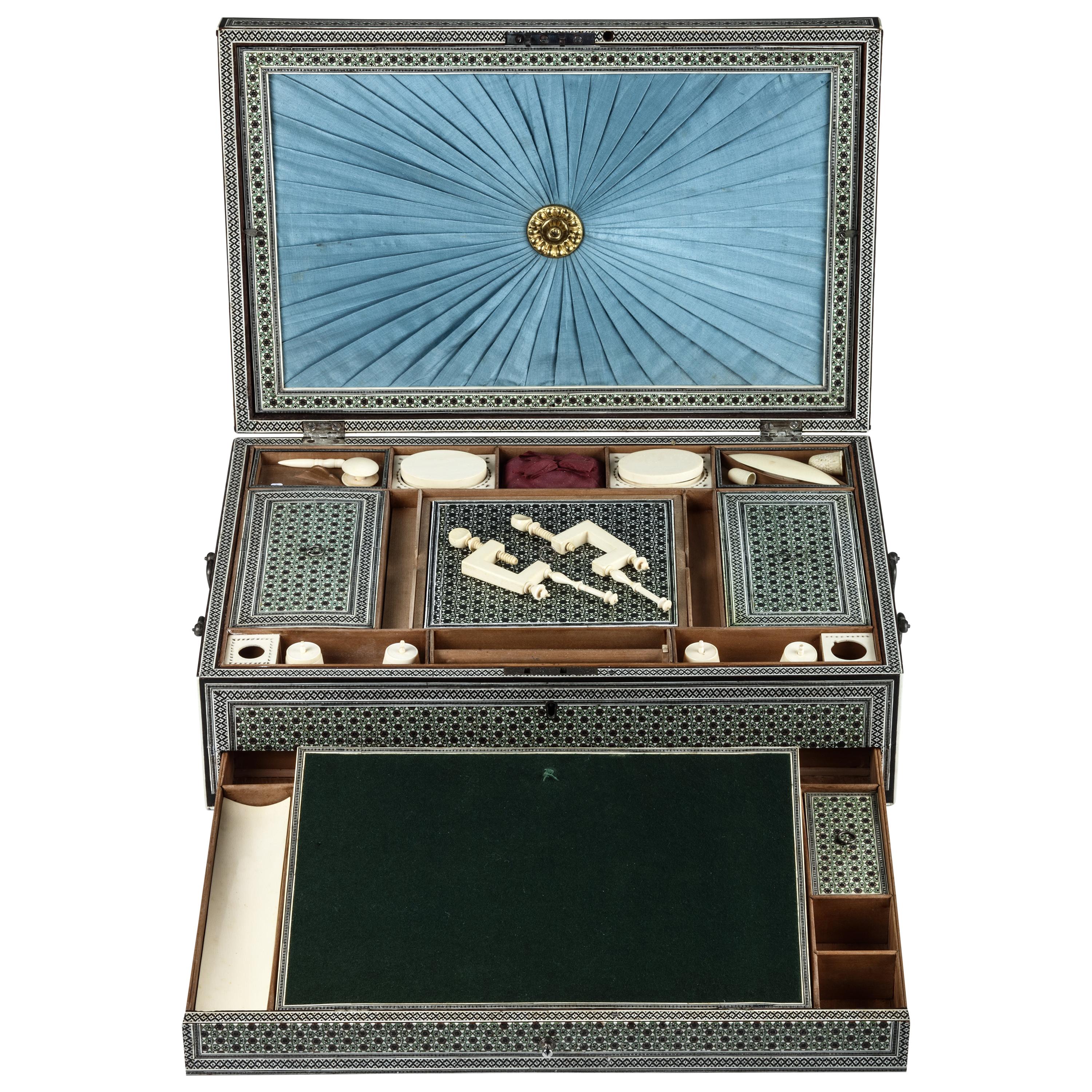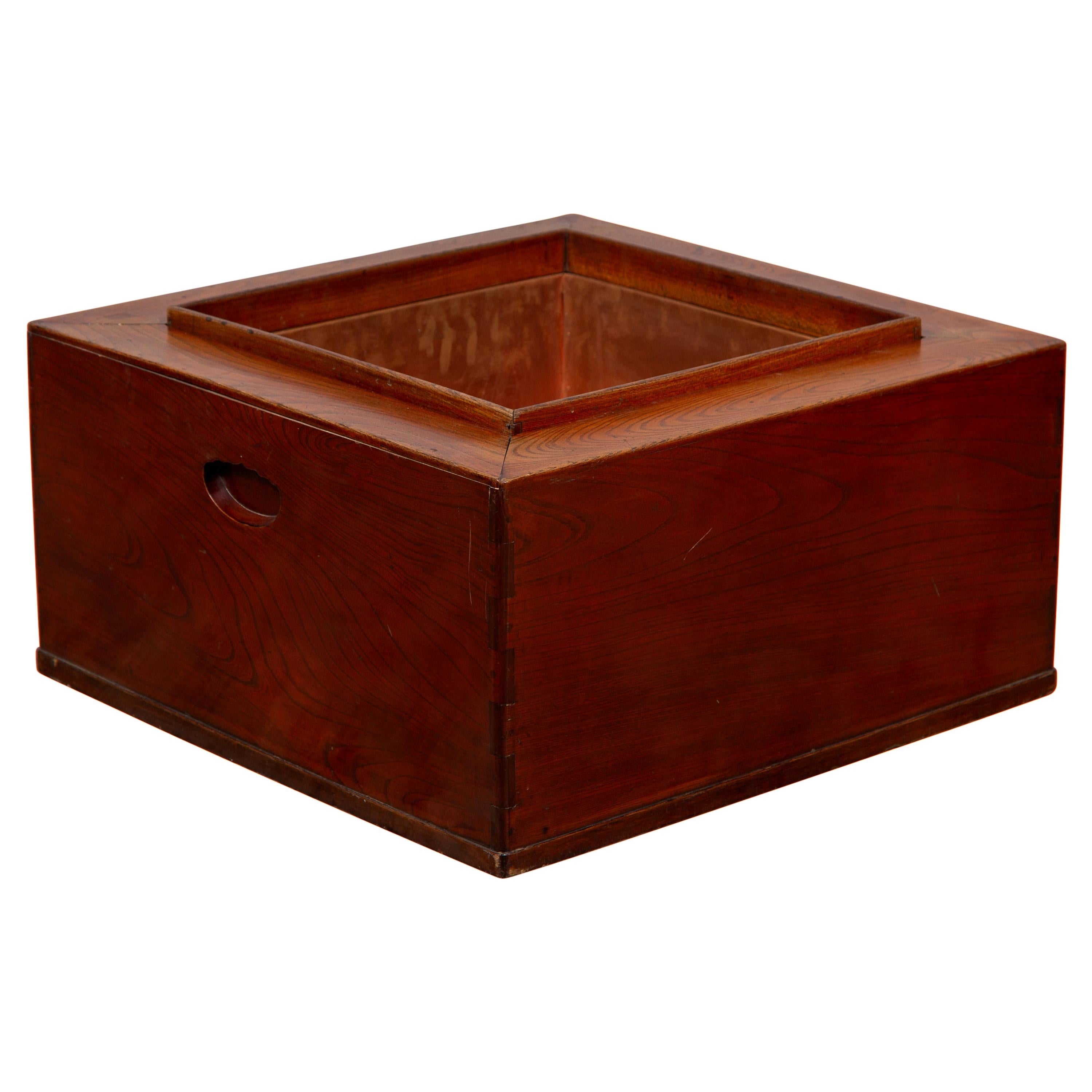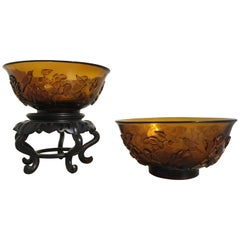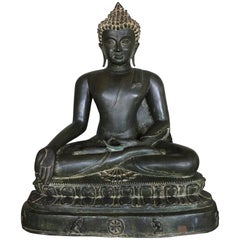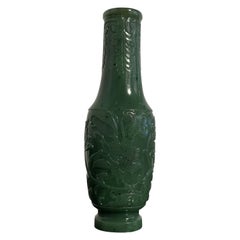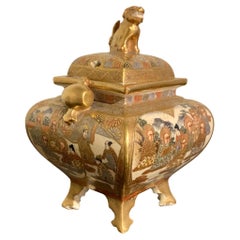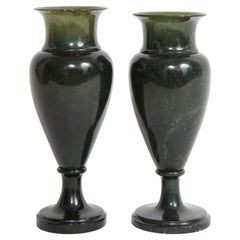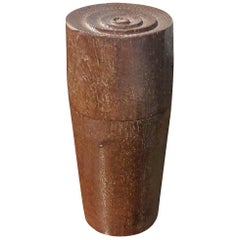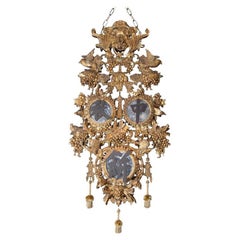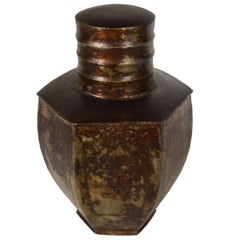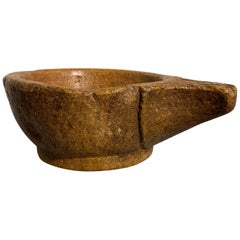
Indian Carved Yellow Sandstone Yoni Bowl, 19th Century or Earlier
View Similar Items
Want more images or videos?
Request additional images or videos from the seller
1 of 11
Indian Carved Yellow Sandstone Yoni Bowl, 19th Century or Earlier
About the Item
- Dimensions:Height: 4 in (10.16 cm)Width: 11.5 in (29.21 cm)Depth: 9 in (22.86 cm)
- Style:Folk Art (Of the Period)
- Materials and Techniques:
- Place of Origin:
- Period:
- Date of Manufacture:19th Century or Earlier
- Condition:Wear consistent with age and use. Intact, with signs of use and beautiful patina.
- Seller Location:Austin, TX
- Reference Number:1stDibs: LU894718476052
About the Seller
5.0
Gold Seller
Premium sellers maintaining a 4.3+ rating and 24-hour response times
Established in 2001
1stDibs seller since 2010
342 sales on 1stDibs
Typical response time: 1 hour
Authenticity Guarantee
In the unlikely event there’s an issue with an item’s authenticity, contact us within 1 year for a full refund. DetailsMoney-Back Guarantee
If your item is not as described, is damaged in transit, or does not arrive, contact us within 7 days for a full refund. Details24-Hour Cancellation
You have a 24-hour grace period in which to reconsider your purchase, with no questions asked.Vetted Professional Sellers
Our world-class sellers must adhere to strict standards for service and quality, maintaining the integrity of our listings.Price-Match Guarantee
If you find that a seller listed the same item for a lower price elsewhere, we’ll match it.Trusted Global Delivery
Our best-in-class carrier network provides specialized shipping options worldwide, including custom delivery.More From This Seller
View AllPair of Chinese Amber Peking Glass Carved Bowls, Qing Dynasty, Late 19th Century
Located in Austin, TX
A fine pair of late 19th century Chinese Qing dynasty carved Peking glass bowls in a lovely amber hue.
The matching Peking glass bowls carved with opposing scenes of birds amongst flowering branches on a rocky outcrop. The amber glass bowls...
Category
Antique Late 19th Century Chinese Qing Decorative Bowls
Materials
Glass
Large Burmese Bronze Medicine Buddha, Pagan Style, Late 19th Century
Located in Austin, TX
A large and magnificent cast bronze image of the Medicine Buddha, Bhaisajyaguru, rendered in the Burmese Pagan style, and most likely based on a period example that was either damaged or lost, 19th century, Burma or Thailand.
He can be identified as the Medicine Buddha by the hand that rests in his lap, with his middle finger touching the thumb. A medicine pot or fruit stem would originally have been placed in his upturned palm.
The face of this Buddha has been sculpted masterfully. He has a beautiful heart shaped face topped by hair neatly arranged in the typical "snail shell curls", and surmounted by a high ushnisha. Long, pendulous earlobes frame his face, a symbol of his princely past. He gazes serenely outwards from heavily lidded, downcast eyes, a content smile upon his full, lush lips.
The Buddha is portrayed seated in vajrasana (full lotus position), his elegant hands displayed in varada mudra, the gesture of granting favors and fulfilling wishes. Long, exquisite fingers extended, the thumb and middle finger touching in a gesture of compassion.
He is clothed in a simple kasaya wrapped around his body and over one shoulder, leaving the shoulder and part of his chest bare. The diaphanous garment clings to his body, outlining his well proportioned and graceful, almost sensuous, form. The excess material pooled in neat pleats in front of him. A sash thrown over his shoulder.
He sits upon a double lotus base upon a raised platform. The platform features two kneeling attendants, usually interpreted as the monks Ananda and Kasyapa. Between them is a circular disc representing the Wheel of Dharma. Contained in the disk is a flower with eight petals, symbolizing the eightfold path, one of the principle teachings of the Buddha.
The sides and back of the platform featuring a series of singha, or lions, representative of the Buddha's royal past.
An applied lacquer patina covers the entirety of the image. Large deposits of ash (from incense) are present between the curls of the hair, as well as some the other crevices, indicating this image was the subject of worship for many years.
Bhaisajyaguru, also called the Medicine Buddha, or Buddha of Healing, is a revered figure in the Buddhist pantheon as a master able to cure suffering, both physical and spiritual, through his teachings.
The Pagan Empire ruled most of present day Burma (Myanmar) from 849 to 1297. The capital, Bagan, served as a both the center of government and religion, where Buddhism reigned supreme. Bagan was also at a crossroads of the Buddhist world, with influence from India, Nepal, Tibet, China, and even Indonesia shaping their culture. As such, Pagan Buddha...
Category
Antique Late 19th Century Burmese Sculptures and Carvings
Materials
Bronze
Chinese Spinach Green Jade Incense Tool Vase, Qing Dynasty, 18th/19th Century
Located in Austin, TX
A fine and well carved Chinese spinach jade incense tool vase, Qing Dynasty, Qianlong or Jiaqing Period, 18th/19th century, China.
The small jade vase ...
Category
Antique Early 19th Century Chinese Qing Scholar's Objects
Materials
Jade
Small Japanese Satsuma Incense Burner, Koro, Meiji Period, Late 19th Century
Located in Austin, TX
A fine Japanese Satsuma stoneware incense burner, koro, Meiji Period, late 19th century, Japan.
The koro of square shape with curved sides,...
Category
Antique 1890s Ceramics
Materials
Enamel
Japanese Satsuma Incense Burner, Koro, Meiji Period, Late 19th Century, Japan
Located in Austin, TX
A fine and elegant Japanese Satsuma tripod incense burner, koro, with pierced metal lid, signed Eizan (?) Meiji Period, late 19th century, Japan.
The koro, or censer, features a stoneware body of slightly compressed globular form, supported on three short and squat legs. The wide mouth with a recessed metal rim, and topped by an openwork metal lid topped with overlapping chrysanthemum blossoms of silver repousse.
The body of the koro finely painted with fan shaped cartouches. The fans in the foreground with sprays of blossoming chrysanthemum. The fans in the background with intricate geometric brocade designs.
The shoulder of the incense burner decorated with cartouches formed as stylized chrysanthemum petals, and intricately decorated with geometric and floral brocade designs.
The painting finely done in raised gilt and polychrome enamels, including the highly desirable gosu blue...
Category
Antique Late 19th Century Japanese Meiji Ceramics
Materials
Silver, Metal
Japanese Satsuma Tripod Censer, Koro, Meiji period, Early 20th Century, Japan
Located in Austin, TX
A small and finely decorated Japanese Satsuma tripod incense burner (koro), signed Kyozan, Meiji period, circa 1900, Japan.
The censer, koro, with a compressed body supported by t...
Category
Antique Early 1900s Japanese Meiji Ceramics
Materials
Stoneware
You May Also Like
Pair of Early 19th Century Russian Hand-Carved Spinach Green Jade Vases
By Imperial Russia
Located in New York, NY
A Fantastic Pair of Russian 19th Century Hand-Carved and Hand-Polished Spinach Green Jade vases, Attributed to the Imperial Russian Lapidary, with m...
Category
Antique Early 19th Century Russian Vases
Materials
Jade
$7,040 Sale Price / set
20% Off
Hand Carved Teak Vessel with Lid, Late 19th Century
Located in New York, NY
A small Indonesian teak container or vessel, hand carved off a single piece of teak wood. Decorated lid with carved concentric circles, circa 1890.
Category
Antique 1890s Indonesian Other Jars
Materials
Teak
Early 19th Century Carved Chinese Sign
Located in Los Angeles, CA
Elaborately Carved and Finely Detailed Double Sided Gilded Chinese Sign that Announces the Mid Autumn Chinese Festival (a.k.a. Moon Cakes Festival).
Category
Antique 19th Century Chinese Decorative Art
Materials
Mirror, Wood
Vintage Indian Hand-Hammered Distressed Tin Storage Canister, Early 20th Century
Located in Yonkers, NY
An early 20th century hexagonal storage canister hand-hammered on distressed tin from India. This canister adopts an hexagonal shape with a curving b...
Category
Early 20th Century Indian Urns
Materials
Tin
19th Century 'Meiji Period' Japanese Bronze Vase
Located in North Miami, FL
19th Century (Meiji Period) Japanese bronze vase. It is realistically cast as a gnarled pine tree trunk with vines growing around it.
Category
Antique 19th Century Japanese Meiji Vases
Materials
Bronze
Large Chinese Famille Verte Vase, 19th Century
Located in Ottawa, Ontario
A Large Chinese Famille Verte
19th century.
Colorfully enameled with elegant gathering
of the literati in the rock garden,
The neck applied with twin gilded
mythical beast ha...
Category
Antique Late 19th Century Chinese Chinese Export Vases
Materials
Porcelain
Recently Viewed
View AllMore Ways To Browse
Indian Water Vessel
Holy Water Vessel
Vase Phallic
Phallic Lingam Stone
Cachepot Turquoise
Majolica Antique Planter
Rosewood Vases Antique
Century Sevres Jardiniere
French Empire Jardiniere
Large Italian Ceramic Planters
Lion Head Cachepot
Portugal Jardiniere
Chinese Bronze Planter
Ceramic Head Planters
French Blue And White Cachepot
French Tole Cachepot
Large Cachepot Majolica
Modern Marble Planter
